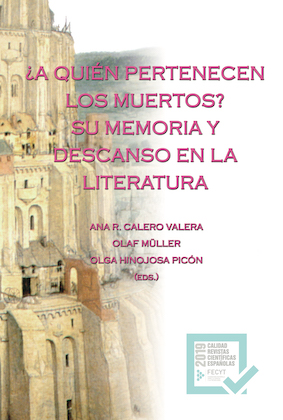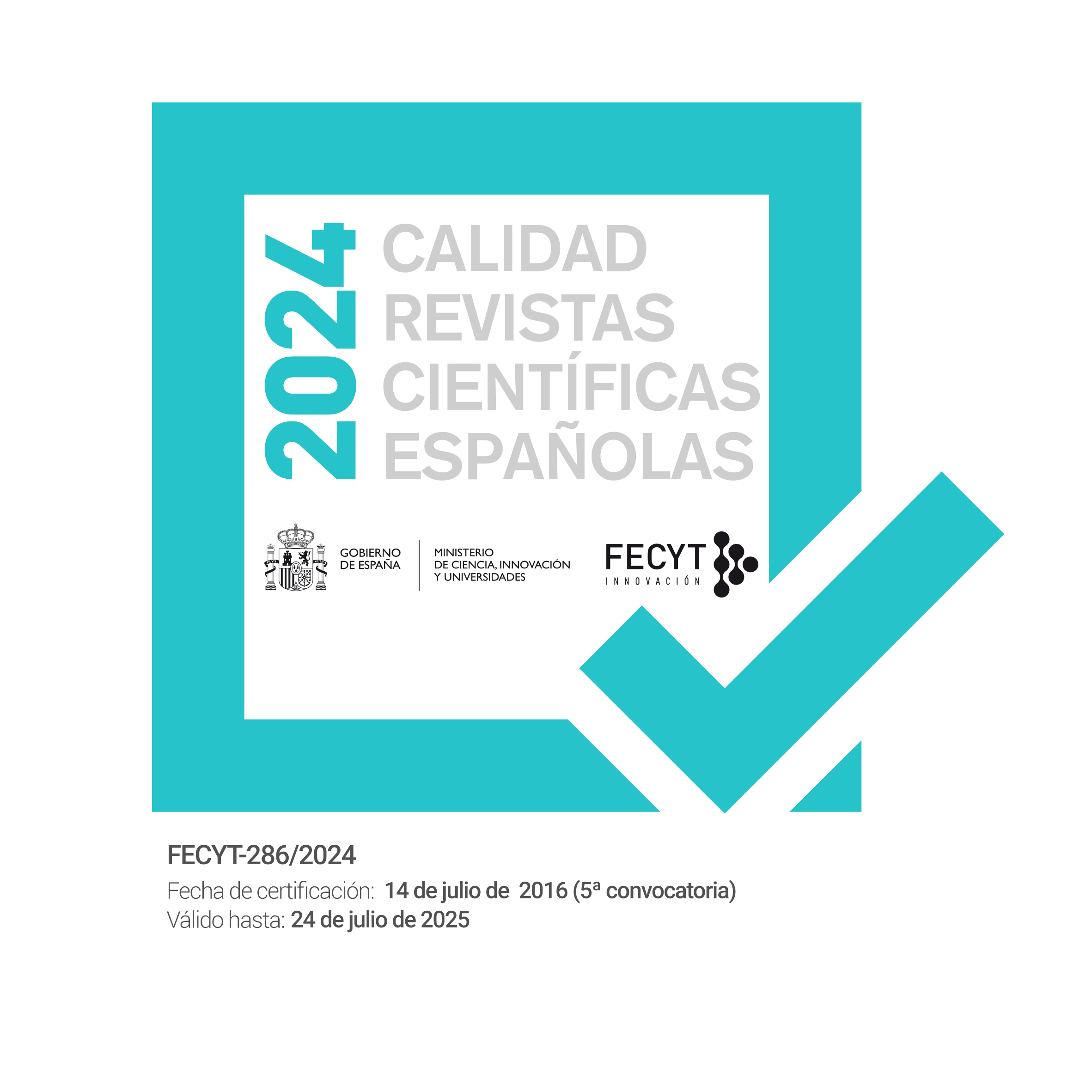The death of the queens. Pamphlets and Italian relationships during the Renaissance
DOI:
https://doi.org/10.7203/qdfed.24.16333Keywords:
funerals, queens, memory, female image, pamphlet Abstract
Abstract
The dissemination of pamphlets on weddings, entries, celebrations and funerals during the 16th century responded to the immense demand on the part of readers, and contributed to establishing in the collective imagination a vivid memory of powerful and renowned figures whose deaths received all the pomp of a funeral of State. Well-known are the books that narrated the festivities in honour of the funeral of Emperor Charles V following his death in 1558, as well as those dedicated to other monarchs. However, less well-known are the funerals of countless women, queens and consorts, who were also granted State celebrations upon their deaths, which were narrated in pamphlets and loose sheets, or relations of events that still remain to be studied.
 Downloads
Downloads
Downloads
Published
How to Cite
-
Abstract619
-
PDF (Español)447
Issue
Section
License
 Este obra está bajo una licencia de Creative Commons Reconocimiento-NoComercial-SinObraDerivada 4.0 Internacional.
Este obra está bajo una licencia de Creative Commons Reconocimiento-NoComercial-SinObraDerivada 4.0 Internacional.
Authors who publish with this journal agree to the following terms:
- Authors retain copyright and grant the journal right of first publication with the work simultaneously licensed under a Creative Commons Attribution License that allows others to share the work with an acknowledgement of the work's authorship and initial publication in this journal.
- Authors are able to enter into separate, additional contractual arrangements for the non-exclusive distribution of the journal's published version of the work (e.g., post it to an institutional repository or publish it in a book), with an acknowledgement of its initial publication in this journal.
- Authors are permitted and encouraged to post their work online (e.g., in institutional repositories or on their website) prior to and during the submission process, as it can lead to productive exchanges, as well as earlier and greater citation of published work (See The Effect of Open Access).




